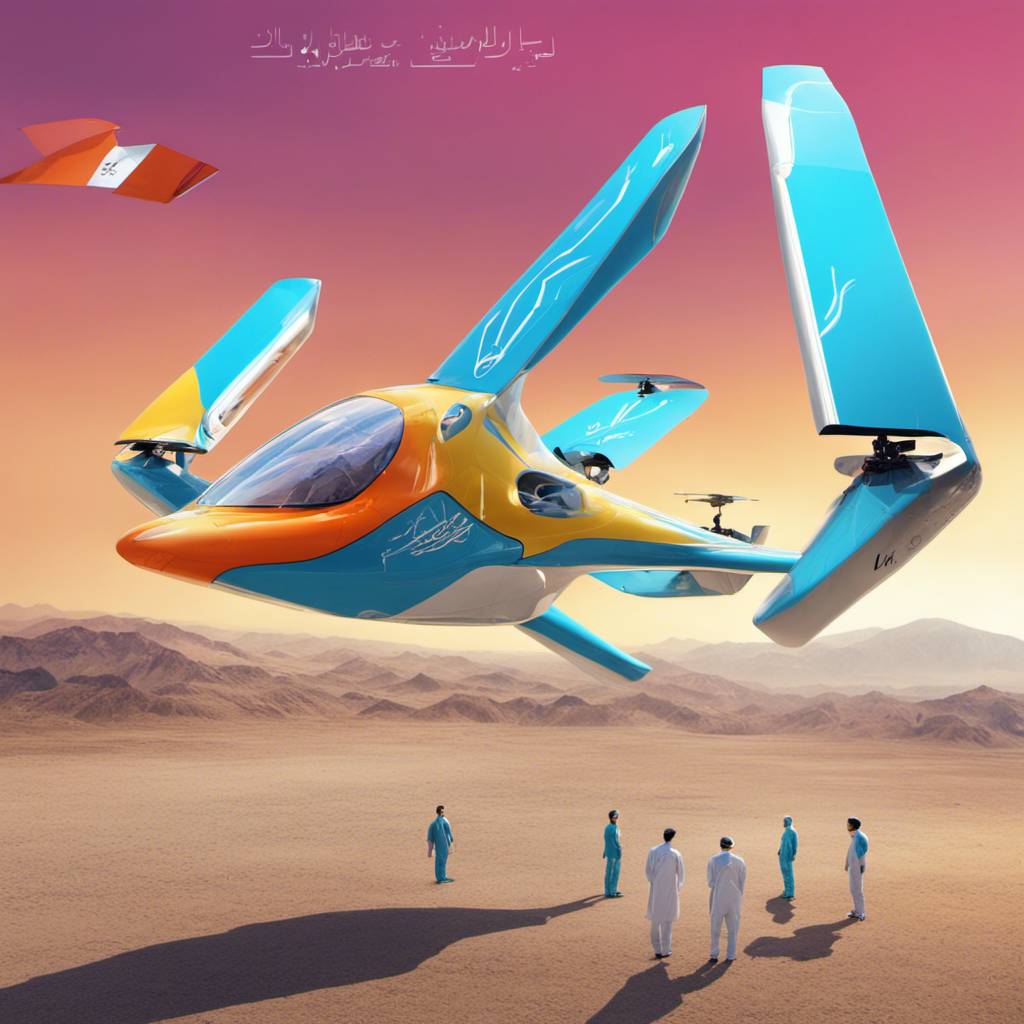A group of researchers from Iran’s Sharif University of Technology has made significant progress in the design of single-wing flying robots, also known as mono-wing aerial vehicles. The team’s findings, which were published in the Journal of Intelligent & Robotic Systems, could pave the way for more advanced and efficient use of these robots in various applications, from remote exploration to package delivery.
“Engineers are often fascinated by unconventional vehicles that draw inspiration from nature, and the mono-wing aerial vehicle is no exception,” said Afshin Banazadeh, one of the scientists involved in the study. “Our exploration of these vehicles revealed several studies on their dynamics, but many questions remained unanswered. We decided to delve deeper into the mysteries of the mono-wing’s dynamics using system identification techniques.”
The team’s research focused on understanding the complex dynamics that govern the operation of mono-wing aerial vehicles. They hoped to develop strategies to enhance their performance and control their flight more effectively. As part of their study, they introduced a new design for mono-wing aerial vehicles that positions the robot’s vehicle perpendicular to its wing and outside of its surface. This unique setup could enhance the vehicle’s balance and simplify its assembly.
“We developed a comprehensive approach to determine the dynamic model of the mono-wing, incorporating both frequency domain and time domain techniques,” Banazadeh explained. “Our methodology also involved a comparison with a simulation model we programmed based on the physical principles governing the vehicle’s flight. By adopting this multi-pronged approach, we aimed to create a robust and precise dynamic model that takes into account various factors and complexities associated with the mono-wing.”
The researchers conducted several computational analyses and simulations, yielding valuable insights into the flight dynamics of mono-wing vehicles. These insights could serve as a foundation for future research in this field.
“During the controller design phase, we faced a significant challenge in managing the spinning motion of the mono-wing, which made it difficult to issue commands to the vehicle as desired,” Banazadeh said. “We had to develop a technique similar to the cyclic control used in helicopters to effectively manage the spinning aspect of the vehicle.”
The technique developed by the researchers was tested in simulations where it significantly improved the stability of mono-wing aerial vehicles during flight and made them easier to control. Further tests on physical robots will help validate its effectiveness and applicability.
“Our recent paper covers several key aspects that can guide future researchers,” Banazadeh said. “Firstly, it provides a comprehensive simulation model that forms the basis for understanding the system’s dynamics. Secondly, we introduce an innovative approach for identification, outlining the rules and factors considered throughout the process.”
The team’s approach increased the accuracy of a vehicle’s dynamic model while better representing its complexities. They also introduced a strategy for better controlling unconventional time-periodic vehicles, which could be adopted and tested by researchers worldwide.
Banazadeh believes that scalable vehicles have immense potential, particularly in enhancing people’s lives. Not only can these vehicles serve as engaging educational tools that introduce young people to engineering concepts, but they can also assist in agricultural activities such as crop cultivation and harvesting.
The team’s research could soon contribute to the development of new single-wing flying robots, opening up possibilities for their real-world use and commercialization. The simple and compact design of these robots allows them to access remote and rugged terrains that traditional aircraft find challenging.
“By collecting precise and comprehensive data, these vehicles can contribute to industries involved in resource management, infrastructure planning, and environmental assessment,” Banazadeh added. “Although still in the experimental stages, mono-wing vehicles have the potential to revolutionize remote sensing practices by offering enhanced mapping accuracy and valuable insights into remote or hard-to-reach locations. We believe that all these research directions deserve further exploration.
